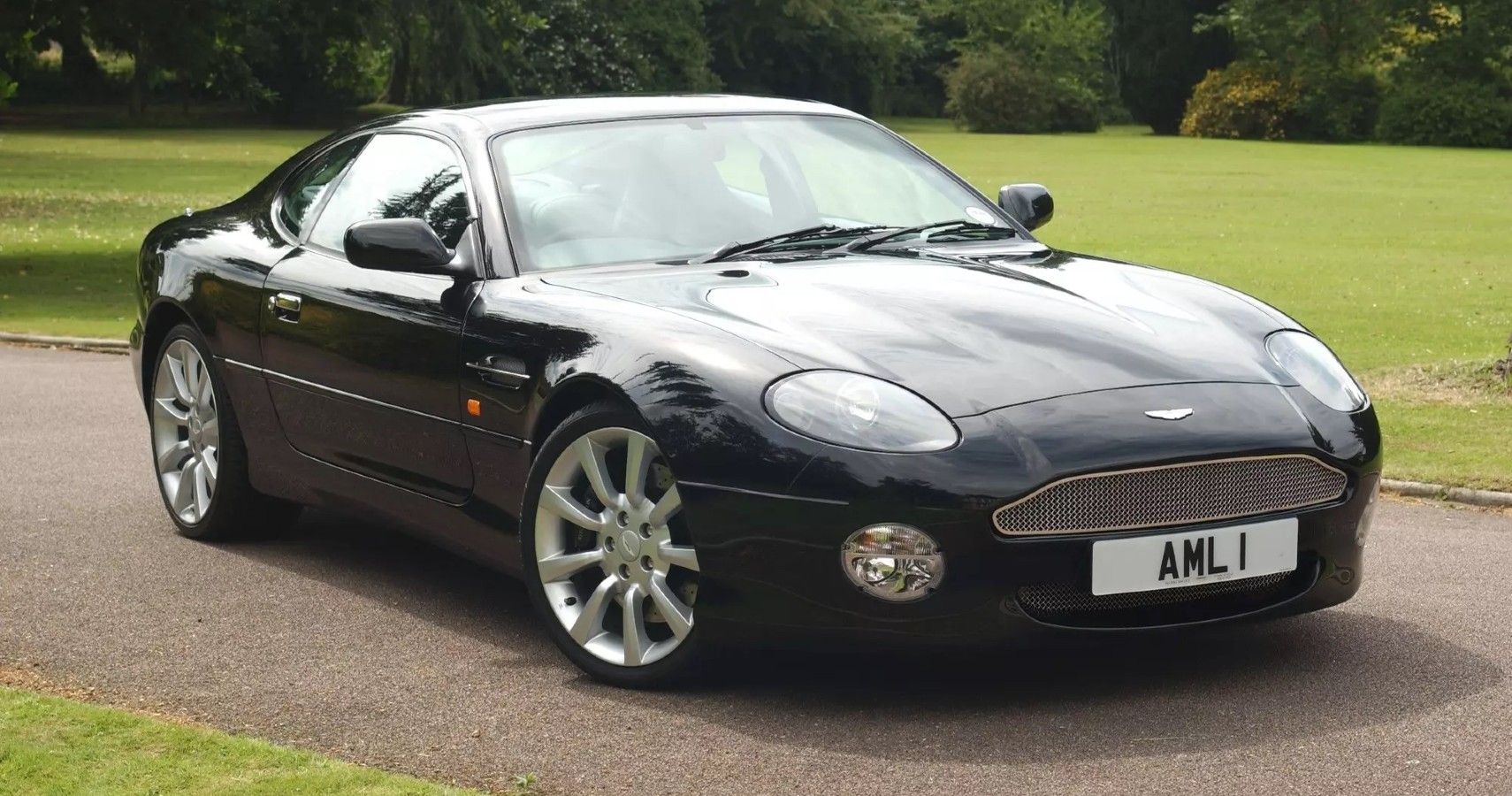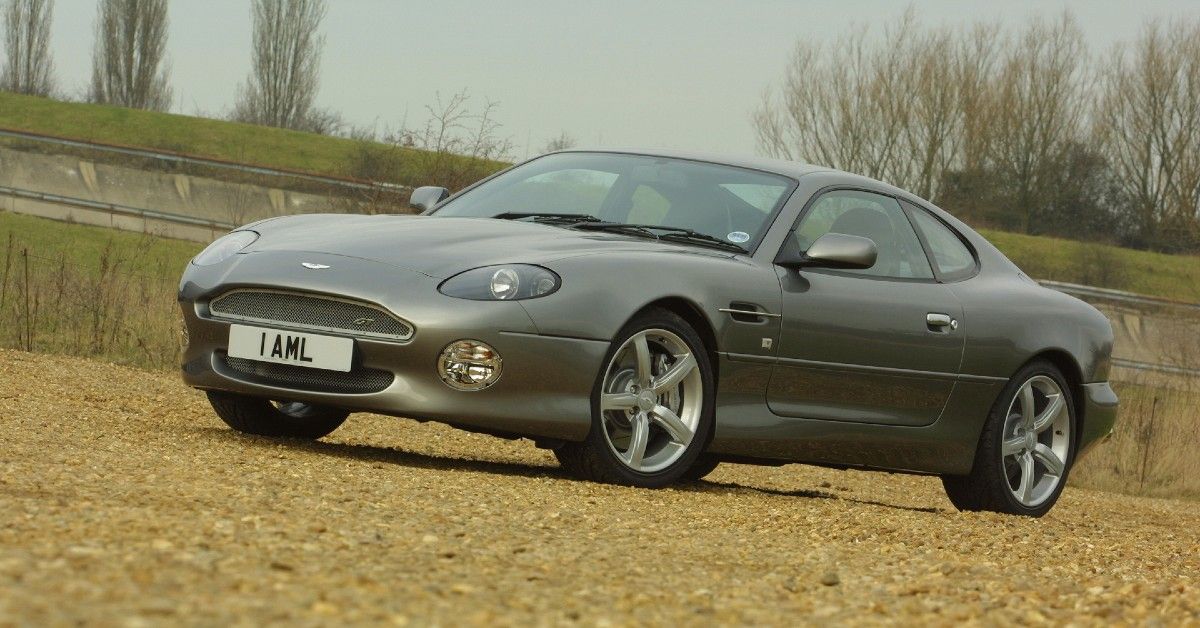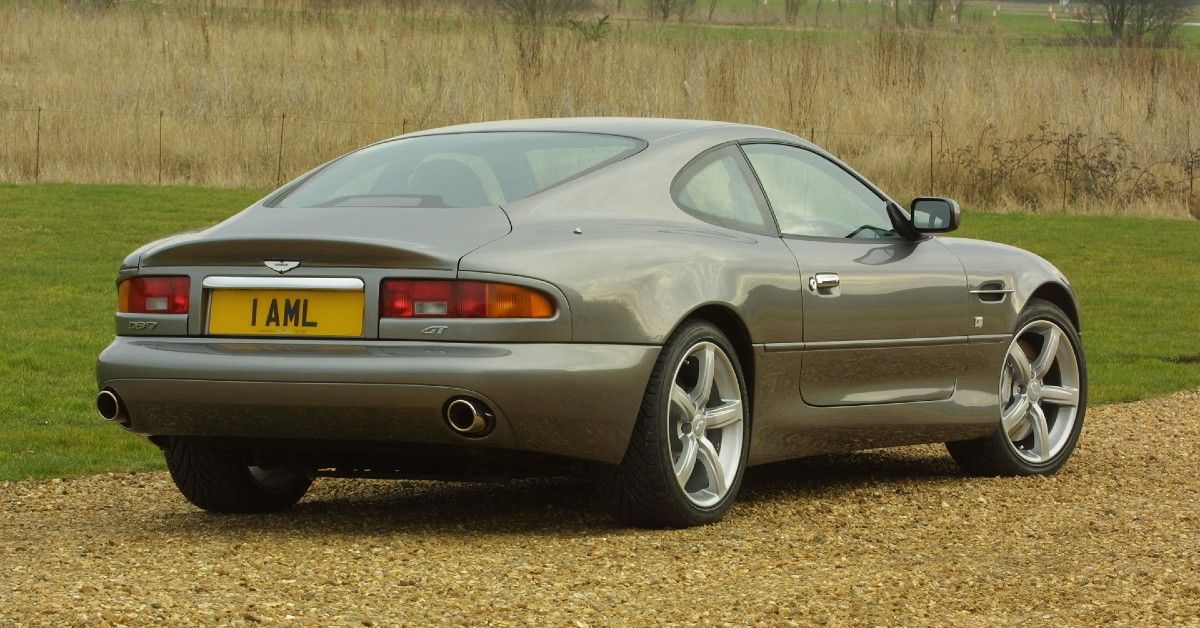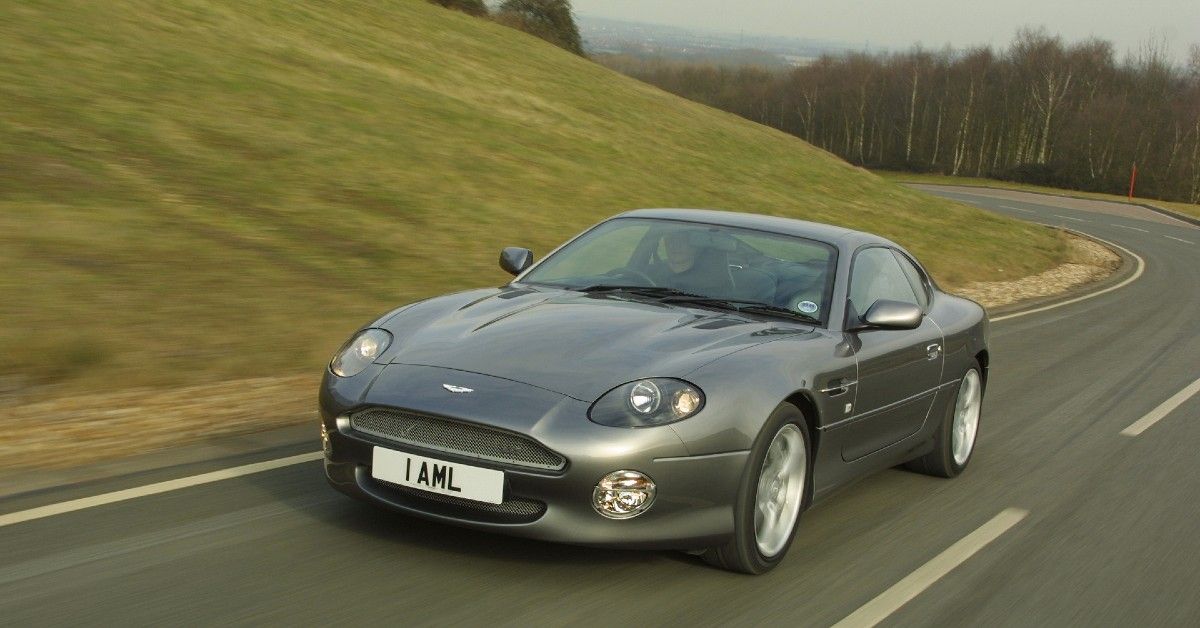Most people dream of owning a luxury sports car, but the excruciating costs are a real turnoff. However, many believe that buying a pre-owned sports car is the next best thing and sometimes, the option is valid. It depends very much on the brand, model and how the previous owner treated the car, so even if you get a vehicle known for its cutting-edge engineering, many things can go wrong. Even worse, if you buy a pre-owned car that is already known for its mechanical issues and poor build quality, you’ll end up paying a small fortune just to maintain your vehicle in top shape.
The Aston Martin DB7 has staggering beautiful curves and an interior that reminds buyers why Italy is famous for design. Furthermore, it is quite affordable with an average cost of around $45,000. Last but not least, Aston Martin built only, 7,000 units from this car. Therefore, the chances of you seeing that annoying uncle or aunt driving the same car when they join for a family gathering are extremely slim. But there’s a drawback to owning a pre-owned DB7, which is the hefty maintenance costs.
If you intend to buy the DB7 just to store it in the garage and drive it from time to time, you won’t suffer too much hassle with this vehicle. However, if you want to use it for everyday duties, prepare yourself for maintenance costs that might bankrupt you.
This Is Why The DB7 Has Such Poor Build Quality
Let’s face it, running a company is a difficult business. But when the company is also a luxury automaker, the risks and costs are even higher and too many things can go wrong. Unsurprisingly, various luxury automakers went bankrupt throughout history. Even Aston Martin had to overcome various financial problems, and the company went bankrupt seven times since 1913.
Aston Martin launched the DB7 at a time when the British automaker was struggling financially and hoped the vehicle would “save” the company from receivership. The idea behind the DB7 was pretty solid, to create an entry-level Aston Martin that had a more affordable price and get as many consumers as possible to buy it. The mass production strategy worked for some of Aston Martin’s rivals, so executives believed this was the only strategy ahead, but things didn’t work out as planned.
First, “entry-level” luxury doesn’t mean cutting corners on quality just so you can offer customers the affordable route. Buyers still expected the Aston Martin quality despite the more affordable price tag, but instead they got a cheaply built “Ford Parts Bin Special.” Furthermore, Aston Martin manufactured the DB7 with the financial backing of the Ford Motor Company. Naturally, this gave the DB7 an advantage, as Ford knew the American market and could help with marketing efforts, but despite the exceptional advantages, the DB7 failed to impress in the long-run.
Consumers Should Consider This Before Buying A DB7
Despite the Aston Martin name, this car has components from various vehicles. For example, the DB7 had borrowed the mirrors from a Citroën CX, the chassis from a Jaguar XJS, and the rear lights from a Mazda 323F. To be fair, these weren’t the only components borrowed from other cars, and while sharing parts with other vehicles is a common practice for mass-produced vehicles, consumers expect far more from luxury cars. Furthermore, handling on the sports car wasn’t that impressive either, so consumers were quick to point out that the poor built quality was hardly the only issue with the DB7.
This Is What Buyers Might Replace And Upgrade On A DB7
The DB7 had to battle various consumer complaints and recalls. For instance, in December 1996, the British company already recalled 173 units because the front seat belt warning chime did not ring with the seat belt unbuckled. In March 1997, the company recalled other vehicles because the low brake fluid level warning light did not illuminate during the ignition on bulb test period. In 2000, there were two recalls, one for the steering and another one for the power train. Fast-forward to 2001, and the company issued another recall for the engine, but the problems didn’t end there. In fact, between 1997 and 2003, Aston Martin issued nothing less than 14 recalls for the DB7. Evidently, consumers interested in this car should expect steering issues, water leaks and issues with the power train. Furthermore, customers also reported vibrations.
DB7 owners complain about the high maintenance and repair costs. For example, one owner wrote on PistonHeads forum that, “I have had a DB7 Vantage since Feb 2002. It has been serviced at Works Service on schedule i.e. twice a year and has had no major problems other than routine bits and pieces and an aircon problem fixed under warranty. The GT brake/suspension upgrade was done in October 2003 at a cost of £9,788 [$11,482]. A Sports Exhaust was put on in April 2005 at a cost of £1,821 [$2,136]. I had the clutch replaced in January 2006 (37k miles, probably 5-10k early) at a cost or £3,897 [$4,571]. The total service costs over 5 years have been £33,224 [$38,972] (including the above).”
It all depends on how the DB7 has been previously treated over the years, but you prepare yourself for some high maintenance costs if you decide to buy one.




